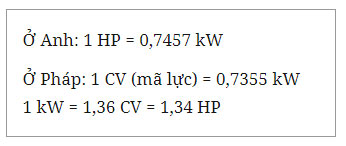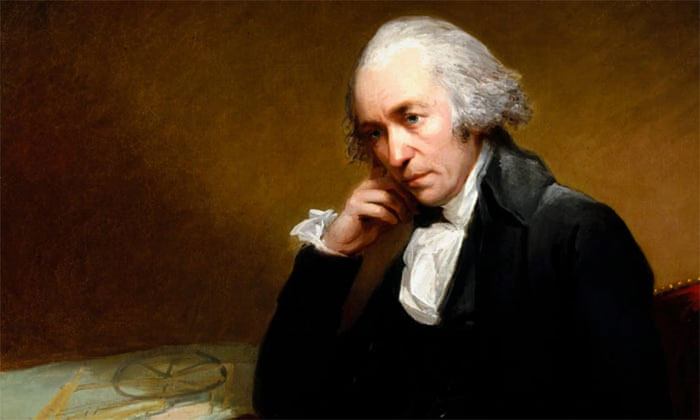For quite some time, we have been familiar with the concept of horsepower based on the pulling power of horses, yet we rarely question its accuracy.
Many modern cars still use horsepower as a measure of engine strength. In fact, horsepower is considered an important technical specification for buyers to consider when choosing the right vehicle, as it directly reflects the performance of the engine.

Horsepower is a unit used to measure power.
Despite the notion that using horsepower in the 21st century is “outdated,” questions about horsepower, such as how much horsepower a horse can produce or what horsepower really means, remain of great interest to many.
What is horsepower? When was it first used?
Horsepower (abbreviated as HP) is a unit used to measure power. It is defined as the work needed to lift a mass of 75 kg to a height of 1 meter in 1 second, or 1 HP = 75 kgm/s.
To quickly convert between the units of “horsepower” and “kW” (kilowatts), relative conversion factors are often used:

According to the Energy Education website of the University of Calgary, the maximum power of a horse is actually close to 15 horsepower. Meanwhile, a healthy individual can produce approximately 1 horsepower. Therefore, a more fitting name for this unit might be “human power.”
Horsepower was first mentioned in the late 1700s by James Watt, a Scottish engineer. He is also remembered for his iconic steam engine invention and his contributions to the automotive industry. In recognition of his work, his name was used to designate the unit of power in 1882.
Back in the 1700s, as Watt sought a name to effectively convey the superiority of steam engines, he came up with a measurement unit that referenced something most people were familiar with at the time: horses.

James Watt is the originator of the concept of “horsepower”.
From personal observation rather than scientific research, Watt determined that a horse could pull a load that would rotate a wheel an average of 144 times per hour. Using this figure, he estimated that a horse could exert 32,572 pound-feet per minute, equivalent to 14,774.41 kg/meter. To simplify, he rounded this number up to 33,000 pounds (14,968.55 kg), and thus the unit “horsepower” was born.
At that time, Watt was not overly concerned with the accuracy of the measurement; he simply knew that it highlighted the significant productivity improvements of the steam engines he created.
As a result, these engines became much more powerful and reliable than horses, leading very few to question—or care about—the validity of his calculations.
The unit of horsepower remains in use today, and it seems no one is inclined to redefine it, as it has become too widely accepted.


















































